It’s easy to overlook just how scarce fresh water is. Given that the Blue Planet derives its name from the fact that over 70% of its surface is covered by liquid, you could be forgiven for thinking we are drowning in the stuff.
In fact, the salinity of most of the Earth’s water means it is unpotable and unsuitable for use in most industrial contexts. And while fresh water does indeed make up the rest, most of it is locked away in frozen glaciers.
Why corporate Water Management matters
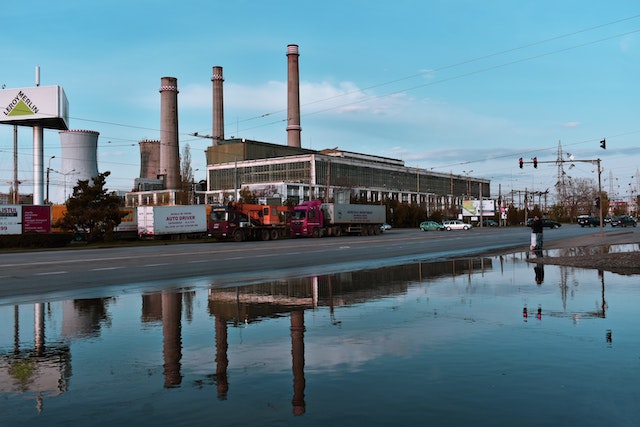
What this means is that we have less than one per cent of the total world’s water to play with – that’s less than one per cent to irrigate our fields, clean ourselves and feed the industries that rely on a fresh supply of water to keep going.
Around a quarter of the UK’s water is used by businesses and industries and so it has an important role to play in leading the way when it comes to making the most of a resource that will need to be used more sustainably in the coming decades.
Good water management makes not just good business sense to effectively manage overheads, but is important from a public relations point of view, too.
A 2018 Nielsen survey found that 81 percent of global customers say it is important for companies to help improve the environment.
The same survey found that 73 per cent of customers say they intend to change their buying habits to reduce the environmental impact of their purchasers. In an age when an adverse tweet can wreak all kinds of reputational damage, business needs to be proactive when it comes to adopting sustainable water management policies.
We can currently see that even big water companies struggle – Thames Water, The UK’s largest water company, serving a quarter of the UK population, now requires extra funding as it tries to pay its debts.
What is currently being done about corporate Water Management?
The UK government recently released a policy paper, a Plan for Water, which draws a stark picture of what the future holds for the country’s water supply if the twin dangers of climate change and population growth aren’t met head-on.
In the short term, one of the main focuses of the government’s plan is to tackle common urban blights to the sewerage system, such as fatbergs and the wet wipe islands that pollute the water system and damage key water-carrying infrastructure.
The government also seeks to address the bugbear of public swimmers and bathers: storm overflow discharge into rivers, seas, and lakes. Pollution pumped into bodies of water where people like to bathe has become a hot topic thanks to a campaign led by funny man Steve Coogan, who recently highlighted the sorry state of Lake Windermere in the Lake District.
In 2022 alone, the lake endured 246 days in which sewage was discharged into it by the local water company, United Utilities, from storm overflows.
In its Storm Overflows Discharge Reduction Plan, the government has outlined how it intends to curb nasty outflows to rivers, seas and lakes by setting targets for water companies that will oblige them to improve all overflows discharging into or near designated bathing waters and to improve 75% of overflows discharging to high priority nature sites by 2035. By 2050 this will apply to all remaining storm overflows, regardless of location.
In the long term, Defra, the UK’s public water body, suggests everyone, businesses included, will have to change their behaviour fundamentally when it comes to drawing water from the public supply. That will mean not just drawing less, but using what is available more wisely.
According to the Daily Mail, water companies like South East Water, are currently leaking 92m litres of water a day.
As things stand, the UK’s water companies provide approximately 14 billion litres of clean water a day to the public water supply. The government believes this figure will need to rise to 22 billion by 2050 if we are to have the water we need.
Defra intends to make up half the four billion litres a day shortfall through increased supply and has asked Ofwat, the public water regulator, to lean on utility companies to ramp up production. This will be done with a carrot-and-stick approach, linking shareholder payouts to performance, and providing inducements to invest in the country’s water infrastructure.
Water companies have already committed to investing £469 million between 2020 and 2025 in new water supply infrastructure.
The other four billion litres a day gap in public water will be delivered by introducing improved water efficiency measures across the public water system and by reducing supply to customers. This means that it will seek to reduce water leakage by 37% and force non-household (i.e., business) water users to cut back on the water they use by 9% by the year 2038 and 15% by 2050.
The implications for UK PLC are clear: it will have to adopt a more moderate, efficiency-based approach to water use by building economy into its overall approach to water management.
What can Businesses do to improve Water Management?
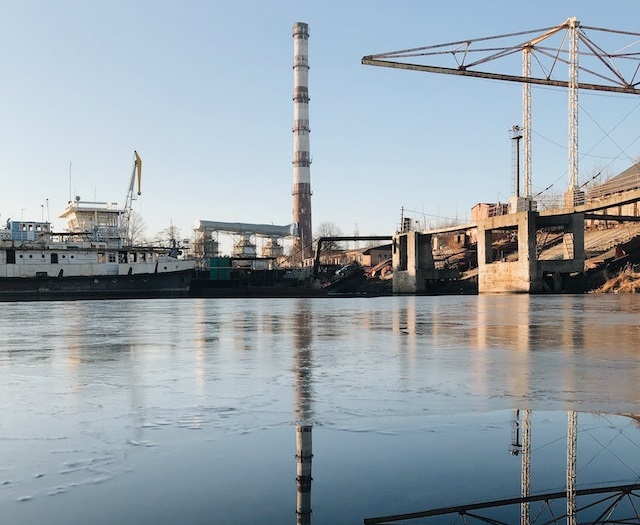
An important part of businesses coming to terms with having less water available to them at a higher cost will be to ensure they have established KPIs that allow them to monitor and keep tabs on their water usage.
This is just what the car manufacturer Ford did in 2010, when the company set itself the task of using 30 percent less water in the manufacture of each car that rolled off its assembly line by 2014.
It reached its goal through a combination of new KPIs and operational improvements. In particular, the introduction of internal water metering drove conservation behaviours across all the company’s departments and has helped save around $5 million.
New technology is set to bring this smart approach to water use within every company’s grasp over the next few years, not just the large corporates. The UK government is taking the lead in this regard and intends to roll out smart metres across the country that will allow end users to keep tabs not just on the water they draw but will also help them to identify leaks and pipe problems.
Private enterprise has also entered the fray. The UK company i2O has developed an advanced water pressure-management system that saves water by employing sensors that can change the water pressure at different times of the day to adapt to the load on the system.
The same technology was deployed at over 170 sites during the extreme drought that hit Cape Town, South Africa in 2018 and helped to reduce leaks, bursts, and water consumption. The pressure management systems are believed to have saved 70 million litres of water per day at the height of the 2018 drought, which kept the city’s taps from running dry, ominously referred to as ‘day zero’ in water management circles.
Top Tips on How to Save Water & Money as a UK Business
Below we go over a few of the simple but effective ways you and your business can save water, money, and the planet.
1. Use Spray Taps
They reduce the volume of water coming out of your taps without strangling the water pressure.
A spray tap supplies a fine mist or spray and can provide water savings to the tune of ten litres a minute when compared to a traditional tap.
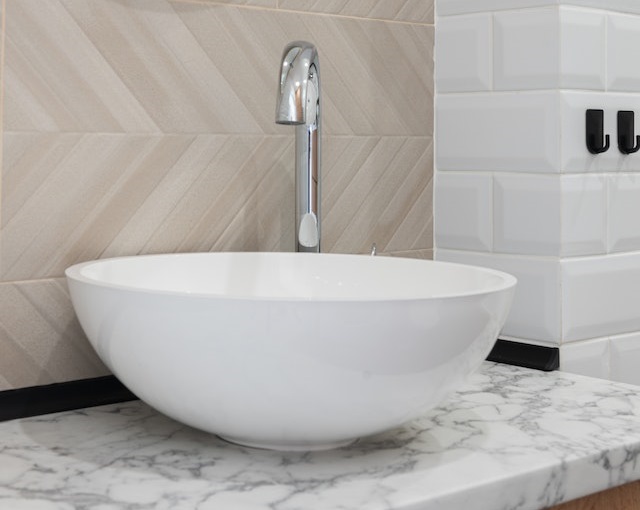
2. Install a Dual Flush Toilet
The traditional toilet is a wasteful device. A single flush can use over ten litres of water, and it doesn’t discriminate between the types of waste it’s being used to discharge.
Conversely, a modern close-coupled toilet features what is known as a dual or eco-flush apparatus. This allows the flusher to specify the volume of water required when getting rid of waste.
Dual flush toilets typically come fitted with a split button, not a handle, and each flush delivers either a short flush (three litres of water) for liquid waste or around six litres of water if you want to get rid of solid waste.
This will let you halve the amount of water you use for most flushes, saving thousands of litres of water a year.
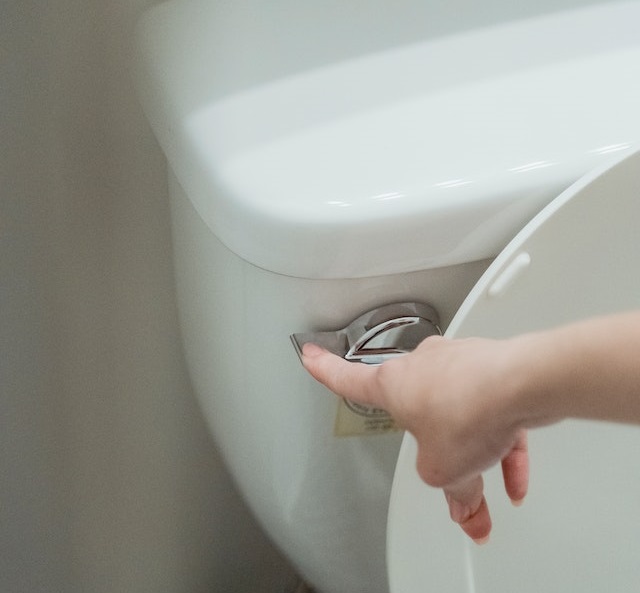
3. Fix Leaky Pipes
Burst and leaky pipes can lose over 70 litres of water per day.
This is damaging not only to your organisation’s finances but if customers are treated to the sight of water accumulating in puddles and wet patches on your site, your business’ eco-friendly credentials can take a hit.
By identifying leaks, you can save money, water, and your reputation.
4. Educate and Inform
Every member of your team and even visitors to your business should be made aware of your policy around water usage and best practice.
Staff may benefit from an awareness training exercise on this topic to educate them on the habits they should develop to reduce water consumption.
For example, give your staff a steer on:
- Correct tap running time.
- Smart water habits when it comes to reusing water bottles.
- Sustainable use of your on-site laundry, dishwasher, shower facilities, and hose pipe.

5. Use a Cistern Device
By using something as simple as a water-saving device in your toilet cistern, you can save water and big bucks. These devices constrict the amount of water that is used in the toilet cistern.
Depending on the size of your cistern, you could save between one and three litres each time you flush the toilet.
Hippo offers a Watersaver, a crystal-filled bag that traps up to three litres of water in the toilet’s cistern. Similarly, the Save-a-flush device inflates in the cistern and displaces one litre of water that would otherwise be needlessly flushed away.
Both devices cost less than a fiver and some local water authorities provide them for free.
A list of participating water authorities can be found here: Reduce Reuse Recycle.
6. Keep Tabs on Your Water Usage
By installing a smart meter on your premises, you will have access to key metrics and data on your water usage and can develop a set of KPIs on the back of the data.
Not only does water use data provide you with useful insights into the way your business uses its water, but the latest devices also allow you to identify leaks and weak spots in your pipework.
7. Switch Suppliers
By getting your gas, electricity, and water from the same company, you can give yourself more clout when it comes to negotiating a better deal.
In addition, many utility companies now let you monitor energy and water usage on one platform and will provide you with a consolidated invoice for all your utilities, which makes keeping tabs on your usage easier.
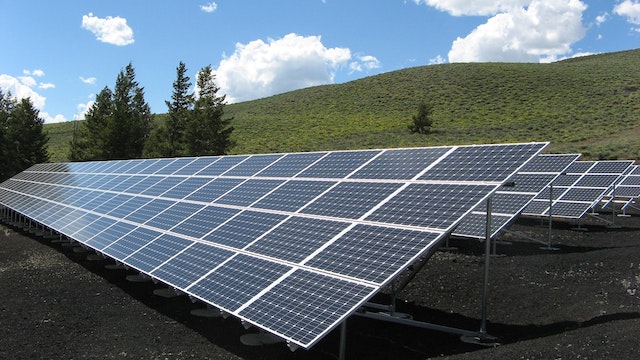
8. Use Smart Tech
There are a host of smart devices on the market that allow you to use your water more wisely.
Motion sensors fitted to taps and other water sources can help you cut down on waste by triggering the water supply only when needed.
And if you require a comprehensive suite of smart tools that allows you to monitor all aspects of your water supply look no further than Smarter Technologies.
Their smart dashboard gives you full control over your stopcocks and pipe temperatures, and they also help you to spot leaks and pressure problems with your pipes.
9. Harvest Rainwater
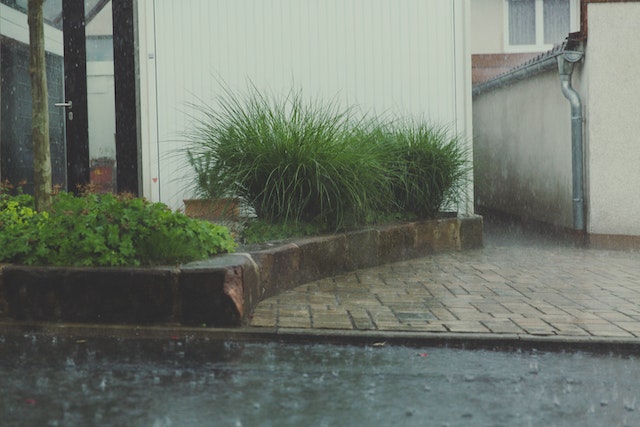
Living in the UK, we’re not short of rainwater, so use it in your business and save money.
With a few simple modifications to your building, you can harvest the rainwater that falls on your building and treat and store the water on site.
Installing a water butt is easy and once in place, it will allow you to collect the rainwater run-off from your building’s roof.
Water butts usually store about 200 litres of water, which should be enough to refresh your site’s gardens and other greenery.
Closing Thoughts
Day zero might sound a tad melodramatic, but it is suggestive of the urgency of the situation many countries, even those considered to have temperate climates, will find themselves faced with in the not-too-distant future. For example, by 2050, some projections have it that London’s climate will be like Barcelona’s today.
And as we all know “the rain in Spain stays mainly on the plain”, which perhaps explains why the country’s second city is currently experiencing the longest-running drought since records began. So, if corporations and communities come together for effective water management, it can only be a win-win situation.
Author Profile
- Freelance Journalist & Content Creator
- Content creator and contributor, freelance journalist and writer.
Latest entries
 HospitalityMarch 31, 2025Top 10 London Karaoke Bars for Unique Sing-Along Experiences
HospitalityMarch 31, 2025Top 10 London Karaoke Bars for Unique Sing-Along Experiences HospitalityMarch 27, 2025Top 12 Activity Bars in London for the Ultimate Competitive Pub Game Experience
HospitalityMarch 27, 2025Top 12 Activity Bars in London for the Ultimate Competitive Pub Game Experience Companies In LondonMarch 19, 2025Top 9 Digital Marketing Agencies in London with a Track Record
Companies In LondonMarch 19, 2025Top 9 Digital Marketing Agencies in London with a Track Record EntertainmentMarch 13, 2025Top 11 Unmissable Immersive Gaming Experiences in London
EntertainmentMarch 13, 2025Top 11 Unmissable Immersive Gaming Experiences in London




